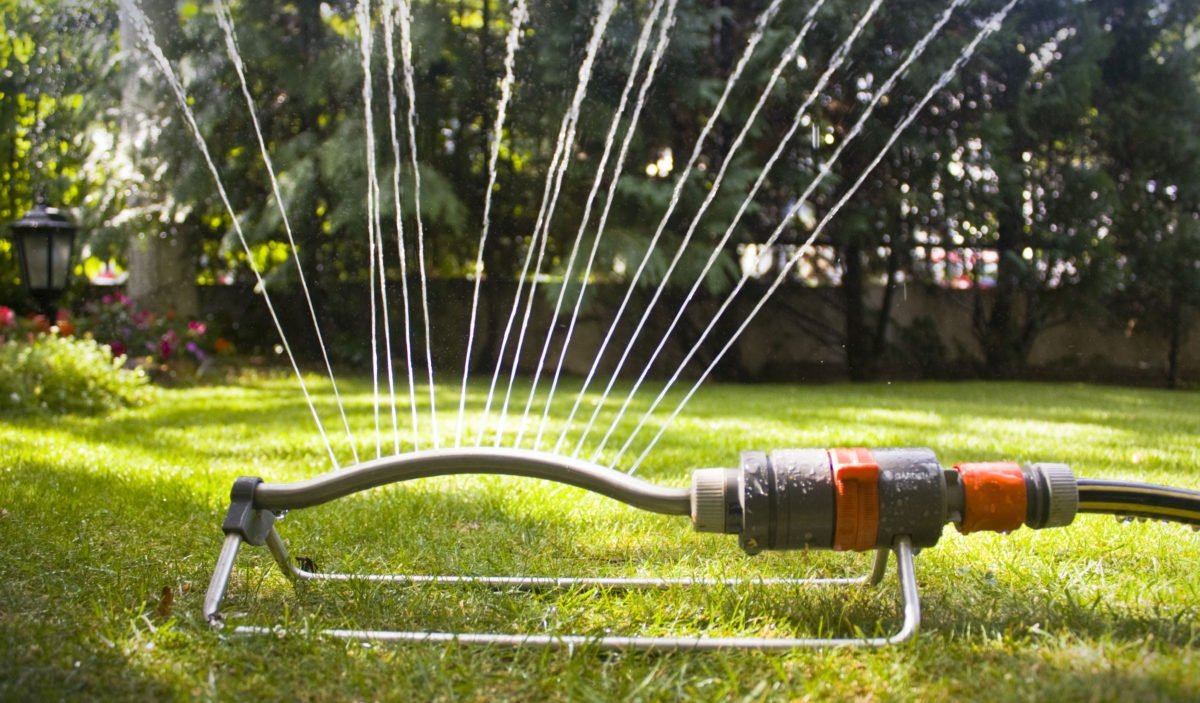There are many common misconceptions about caring for your garden, especially in regards to excessive watering. In actuality, lawns that receive moderate supplemental watering grow much greener and healthier than lawns that are over-watered. Understanding the basics of watering your grass will help in maintaining a beautiful lawn throughout the year.
Water only when needed
Limiting the amount of water you use on your lawn is not only about conserving water! In fact, over-irrigation will make your lawn more susceptible to fungus and diseases. When your grass begins to take on a blue-grey tint, curl up or wilt at the ends, and footprints on the grass stick around for longer than usual, these are signs that it is time to water.
Avoid watering midday or late at night
The most ideal time to water your lawn is anywhere between 4 am and 9 am when the air is still cool, the wind is calm, and the early morning dew has settled on the grass. Do not water during midday when the temperature is at its peak since it is more likely to evaporate before absorbing deep in the roots. Also, avoid watering at night when there are excessive moisture retention and potential root shallowness.
Less is more
Watering less frequently but for a longer duration will encourage deep root growth, as opposed to frequent and shallow watering that results in root shallowness and weed germination. Ensure that you are applying enough water to deeply penetrate and moisten the root zone, anywhere between six to twelve inches into the soil. The best way to determine the depth of the root zone, as well as how deep the water has soaked in, is to dig a small hole into the watered area or use a probe.
Hold off watering after putting down fertilizer
Excess watering may lead to fertilizer wash. Therefore, it is advised to hold off on watering soon after fertilizing your lawn. However, minimizing your watering will actually assist fertilizers in easily absorbing deep into the soil.
Monitor the rainfall
Cease all watering activities during expected or actual rainfall. Gauge the intensity of rainfall and track it on a weekly basis. Minimal watering is required during the rainy seasons.


Comments 1
We have noticed weed are coming back in our backyard . Do we wait until next weed killer app ?